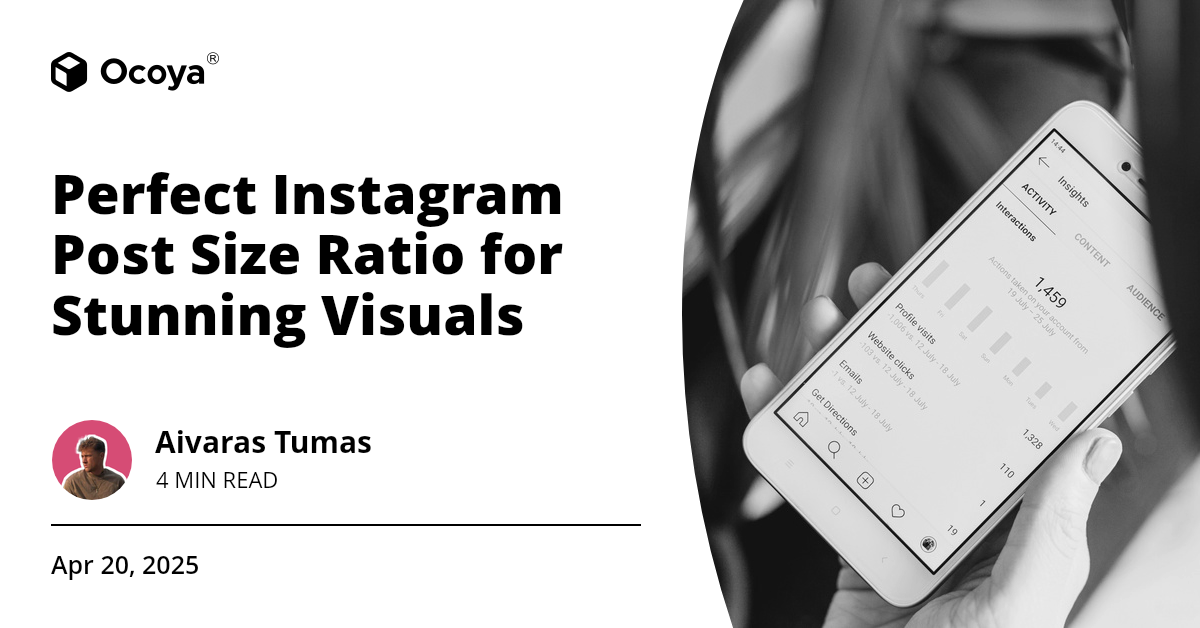Twitter has become a powerful platform for businesses to connect with their audience, build brand awareness, and expand their reach. With millions of users and countless conversations happening every second, it's essential for businesses to find ways to stand out and engage with their target audience effectively.
One way to do this is by using a Twitter chatbot. A chatbot is a computer program that can interact with users and carry out automated tasks. With the rise of artificial intelligence and machine learning, chatbots have become increasingly sophisticated and can provide personalized experiences for users.
What is a Twitter Chatbot?
A Twitter chatbot is a chatbot specifically designed to interact with users on the Twitter platform. It can respond to messages, answer questions, provide information, and even carry out tasks on behalf of the user. By using artificial intelligence and natural language processing, Twitter chatbots can understand and respond to user queries in a human-like manner.
Getting Started with Twitter Chatbot
Now that you understand what a Twitter chatbot is, let's dive into the process of creating and mastering your own chatbot. Here are the steps you need to follow:
Step 1: Define Your Objectives
Before you start building your Twitter chatbot, it's crucial to define your objectives. What do you want to achieve with your chatbot? Are you looking to automate customer support, generate leads, or provide personalized recommendations? Defining your objectives will help you plan and build a chatbot that aligns with your goals.
Step 2: Choose a Platform
Next, you need to choose a platform to build your Twitter chatbot. There are several tools and platforms available that allow you to create a chatbot without any coding skills. Some popular options include Chatfuel, Twyla, and ManyChat. Research and choose a platform that offers the features and flexibility you need for your chatbot.
Step 3: Design Conversations
Once you have chosen a platform, it's time to design the conversations for your chatbot. Think about the different scenarios and user queries your chatbot will encounter. Create a flowchart or outline the conversation paths to ensure a smooth and logical interaction with your users. Pay attention to language, tone, and the overall user experience.
Step 4: Train Your Chatbot
After designing the conversations, you need to train your chatbot to understand and respond appropriately to user queries. This involves feeding it with relevant data, training it on common queries, and continuously optimizing its responses. The more you train your chatbot, the better it will become at understanding and providing accurate responses to users.
Step 5: Test and Optimize
Once your chatbot is trained, it's essential to test it thoroughly before launching it to the public. Test different scenarios, user queries, and edge cases to ensure your chatbot performs as expected. Collect feedback from users and make necessary improvements based on their input. Continuous testing and optimization are crucial to creating a successful Twitter chatbot.
Step 6: Launch and Monitor
After testing and optimizing your chatbot, it's time to launch it to the public. Promote your chatbot on your Twitter profile, website, and other marketing channels to encourage users to engage with it. Once your chatbot is live, monitor its performance regularly. Track metrics like engagement rate, response time, and user satisfaction to measure its effectiveness.
Best Practices for Twitter Chatbots
Now that you know how to create a Twitter chatbot, let's explore some best practices to maximize its impact:
1. Provide Personalized Experiences
Users appreciate personalized experiences. Use the data collected from users to tailor your chatbot's responses and recommendations. The more personalized and relevant the interactions, the more engaged users will be.
2. Be Transparent
Make it clear to users that they are interacting with a chatbot. Transparency builds trust and helps manage user expectations. If your chatbot cannot handle a specific query, let users know and direct them to alternative solutions or human support if available.
3. Optimize Response Time
Twitter is a fast-paced platform, and users expect quick responses. Optimize your chatbot to provide timely and accurate answers. Minimize response time by preloading relevant information and leveraging machine learning algorithms to improve response speed.
4. Monitor and Improve
Regularly monitor user feedback and analytics to identify areas for improvement. Pay attention to user complaints, suggestions, and common issues. Use this feedback to refine your chatbot's responses, add new features, and enhance the overall user experience.
Key Takeaways
- Twitter chatbots are powerful tools for businesses to engage with their target audience.
- Define your objectives before building a Twitter chatbot.
- Choose a platform that aligns with your needs and requirements.
- Design conversations that are logical, user-friendly, and personalized.
- Train your chatbot with relevant data and continuously optimize its responses.
- Test your chatbot thoroughly before launching it to the public.
- Monitor the performance of your chatbot and make necessary improvements.
- Provide personalized experiences, be transparent, optimize response time, and monitor user feedback to improve your chatbot's effectiveness.
By following these steps and best practices, you can master the art of Twitter chatbots and unlock their full potential in enhancing your brand's engagement and customer experience on Twitter.











































































































.png)